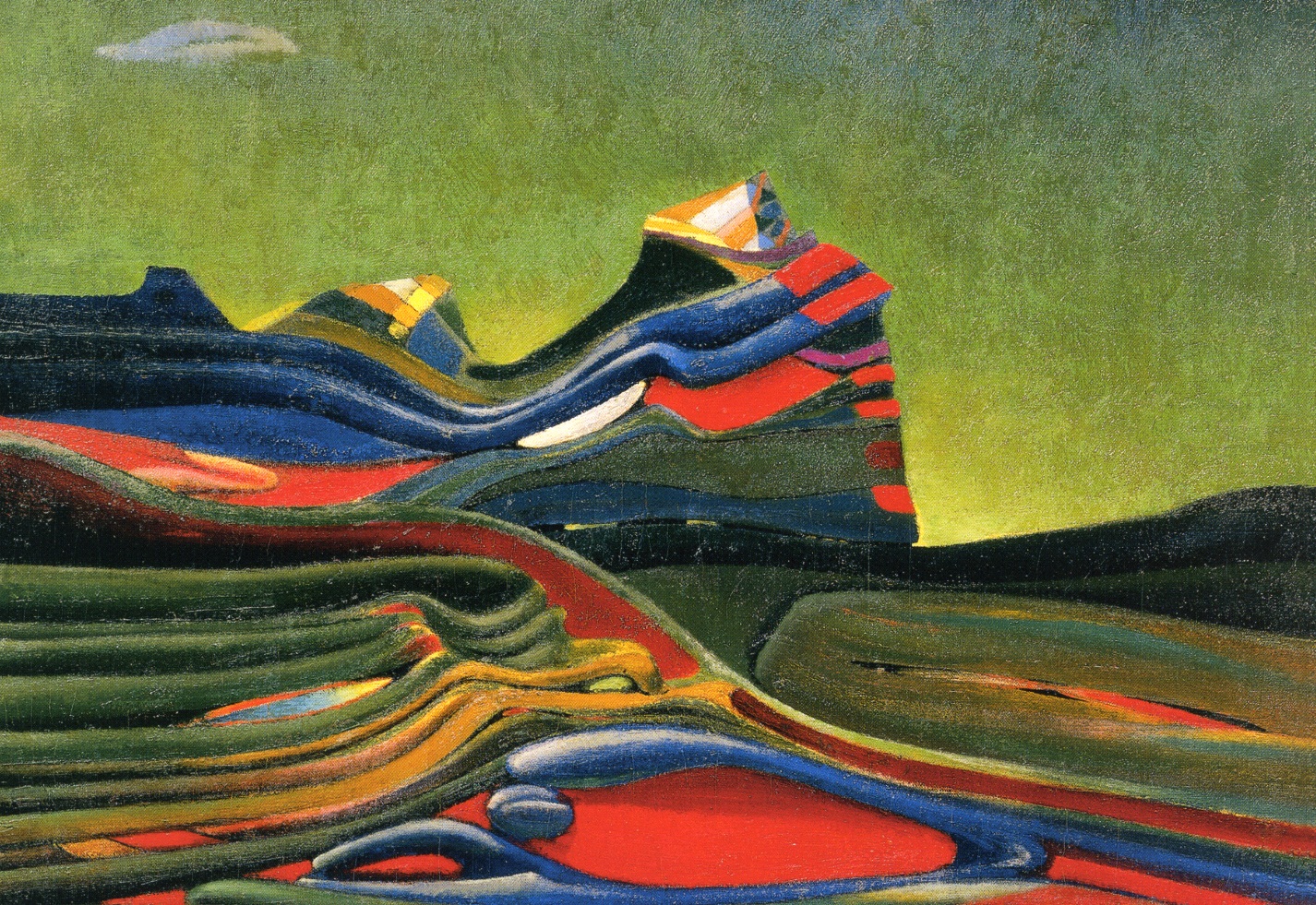
Arnold Schönberg
In a twelve-tone composition, every note can be accounted for as being a member of the original series or one of its permutations, providing unity to the piece as a whole. Additionally, a twelve-tone series is a repository of intervals and can be seen as an outgrowth of atonal music with its emphasis on interval over chord or scale. The basic premises of twelve-tone music are as follows: 1- All twelve notes of the chromatic scale must occur; 2-No note can be repeated in the series until the other 11 notes of the chromatic scale have occurred (exceptions include direct repetition of a note, trills, and tremolos); 3-The series can be inverted, retrograded, and the inversion can be retrograded; 4-The order of notes in a series remains fixed, without reordering.
